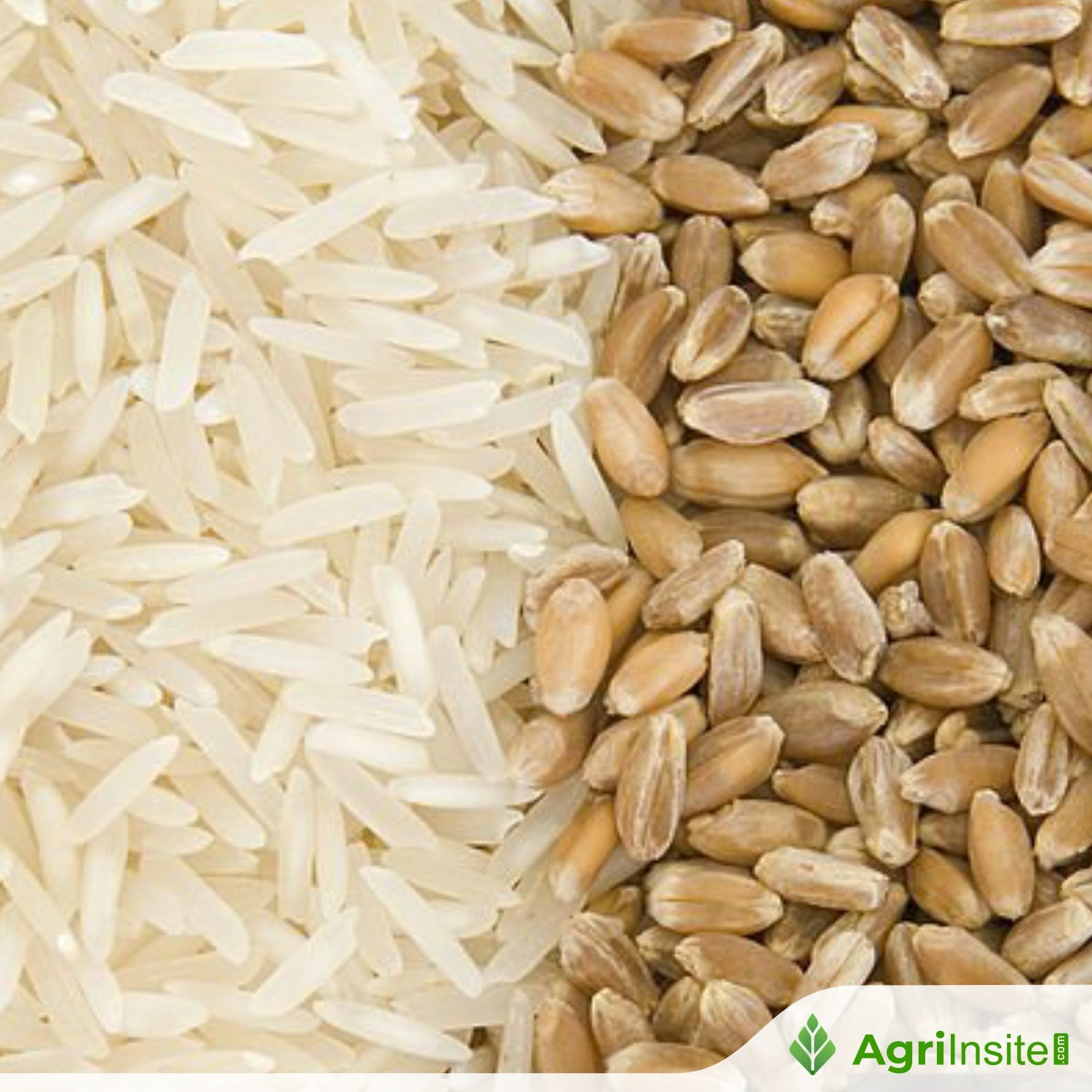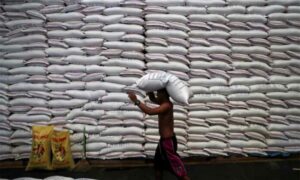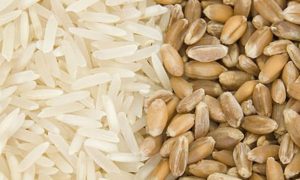Drops in global rice and wheat prices fail to reach Bangladeshi consumers

Bangladesh’s rice and wheat prices keep rising despite falling global rates. Import reliance and weak market transmission prevent consumers from benefiting. Traders quickly hike prices when global costs rise but delay reductions. Limited competition, unclear demand data, and higher logistics and ingredient costs also sustain elevated domestic food prices across markets.
Despite a continuous decline in international rice and wheat prices over the past year, prices of these staple commodities have continued to rise in Bangladesh, according to a food ministry report.
As Bangladesh meets the majority of its wheat demand through imports, and both public and private sectors have also imported substantial quantities of rice over the past year, consumers have not benefited from falling global prices.
Experts said when international prices rise, traders immediately increase domestic prices, but when global prices drop, it takes much longer for reductions to reach the local markets.
Global supply disruptions during the Covid-19 pandemic initially pushed up food prices, easing somewhat in 2021 as conditions stabilised. However, the Russia-Ukraine war, which began in February 2022, again sent global wheat and commodity prices soaring.
Traders in Bangladesh used the global price surge as justification to shrink the size and weight of bread, biscuits, cakes, toast, wafers, pasta, and noodles. Hotels also downsized items like bread, naan, parathas, and samosas while hiking prices, a trend that continues today.
Food Secretary Md Masudul Hasan told TBS that no official research explains why Bangladesh’s rice, wheat, and flour prices do not align with international markets, making formal comments difficult.
However, he said some traders resist lowering prices due to high-profit motives, and not all businesses can import these commodities; at times, open tenders fail to attract importers, leaving only a few in control.
Besides, the country’s actual demand is also unclear, as calculations based on population figures may be inaccurate. Additionally, data on non-human consumption—by poultry, livestock, and fisheries—is lacking, which can affect supply-demand balances and pricing.
Rice market
According to the report, presented at the Food Planning and Monitoring Committee meeting on 9 November, retail and wholesale prices of all types of rice – coarse, medium, and fine – rose between October 2024 and October 2025.
At the retail level, the increase ranged from Tk0.85 to Tk4.43 per kilogram, with fine rice recording the largest rise.
In October 2024, coarse rice sold at Tk51.43 per kg, medium at Tk61.25, and fine rice at Tk72.67. By October 2025, these prices had risen to Tk52.28, Tk62.43, and Tk77.10 respectively. Trading Corporation of Bangladesh data from 20 November indicates even higher current prices in Dhaka markets.
International rice prices, however, have fallen sharply over the same period. In October 2024, rice cost $535 per tonne in Thailand, $495 in India, and $547 in Vietnam. By October 2025, prices had dropped to $374, $354, and $356 per tonne respectively.
Bangladesh imports rice from all three countries, yet these reductions have not translated into lower domestic prices.
Wheat, flour market
In October 2024, wheat sold at Tk41.36 per kg and flour at Tk41.36 per kg. By October 2025, wheat had risen to Tk44.06 and flour to Tk44.92 per kg. Retail prices increased by Tk2.70 per kg for wheat and Tk3.56 for flour compared with the previous year.
Meanwhile, international wheat prices have dropped considerably. In October 2024, the price per tonne of red soft wheat in the US was $233, red hard wheat $272; Ukraine $239; Russia $235; Argentina $242. By October 2025, the respective prices had fallen to $209, $230, $235, $230, and $218 per tonne.
What experts, traders say
AHM Shafiquzzaman, president of Consumers Association of Bangladesh, said Bangladesh’s rice market has little direct connection with international prices.
“Although rice imports have increased recently, the market depends on major millers and corporate groups. He estimates that current rice prices are Tk10-15 per kg higher than they should be,” he said.
Shafiquzzaman added that adequate rice supply exists, but monitoring is needed to ensure government reserves reach the market. “Key rice-producing areas such as Naogaon, Dinajpur, and Kushtia, which host major rice mills, should be closely observed.”
Shafiquzzaman also noted that wheat and flour prices are directly linked to global markets. Importers open letters of credit (LCs) for wheat, but it takes about two months for shipments to arrive. “Although the government facilitates imports through LCs, customs clearance, and other measures, consumers rarely benefit.”
Taslim Shahriar, deputy general manager of Meghna Group, said claims that wheat prices have fallen internationally are not entirely accurate. Logistics costs have risen significantly, though global wheat production has increased, suggesting that prices in Bangladesh may fall in the future.
Zahirul Haque, owner of Arofa Trading in Khattunganj, said, “There is no shortage of wheat. Supply is sufficient, and prices are reasonable. Prices may fall slightly in the coming weeks.”
Kamruzzaman Kamal, director at Pran Group, added that even if wheat prices decline, other ingredients for wheat-based products – such as edible oil, sugar, and butter oil – have not fallen, nor have labour and transport costs.
“Therefore, global price drops do not immediately translate into lower product prices, though reductions may occur in the future,” he said.
To Read more about Wheat News continue reading Agriinsite.com
Source : The Business Standard














